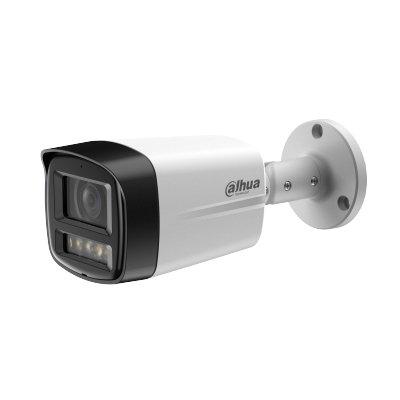- Vancouver International Airport deploys Quanergy 3D LiDAR solution to improve passenger journey
- Quanergy unveils Q-Track® out of the box experience - cloud-based coverage tool and windows compatibility
- Quanergy and Viakoo partner to deliver 3D LiDAR and service assurance and cyber hygiene solution
- Quanergy launches next-generation 3D LiDAR solutions with introduction of new Q-Track-HD and Q-Track-Dome
Enhancing physical security, especially perimeter intrusion detection (PID) at critical infrastructure sites like airports, data centres, warehouses, and utilities, is increasingly crucial due to growing threats such as theft, protests, sabotage, terrorism, and war.
Quanergy 3D LiDAR Solutions
In its latest whitepaper, Quanergy 3D LiDAR Solutions Redefining the Physical Security of Critical Infrastructure, global technology intelligence firm ABI Research forecasts the worldwide physical security market for LiDAR sensors will surpass 3 million total installations by 2030, with water infrastructure leading the segment.
The yearly revenue opportunity will exceed US$6 billion in 2030.
Physical breaches
“Physical security, specifically PID, encompasses controlling access for both individuals and vehicles into secured areas, as well as preventing objects from being thrown or passed across perimeter boundaries,” explains Dominique Bonte, Vice President of end markets, at ABI Research.
"Moreover, physical breaches often precede cyberattacks, underscoring the importance of intrusion detection in combating cyber threats."
2D technologies lack accuracy and performance
Current security solutions relying on cameras and/or radar struggle to effectively detect and track intruders
Current security solutions relying on cameras and/or radar struggle to effectively detect and track intruders, and produce numerous false alerts, leading to higher operating costs and alarm fatigue.
These legacy two-dimensional (2D) technologies lack accuracy and perform poorly in low light and adverse weather conditions, resulting in missed events, increased liabilities, and a high cost of ownership.
3D LiDAR features
According to Bonte, “Three-dimensional (3D) LiDAR offers robust, reliable, and high-precision detection and tracking employing mesh architecture at an overall lower total cost of ownership (TCO), allowing security personnel and critical infrastructure to increase the effectiveness, while reducing the cost associated with manned guard services.”
The whitepaper, Quanergy 3D LiDAR Solutions Redefining the Physical Security of Critical Infrastructure, explores:
- A comparison of physical security technologies.
- Key critical infrastructure markets.
- LiDAR case studies for physical security segments.
- Physical Security LiDAR market sizing and forecasts.
- Quanergy LiDAR solutions for physical security.
Reliable, and high-precision detection
ABI Research believes that 3D LiDAR solutions will have a transformational impact on the physical security market, redefining how to protect vulnerable critical infrastructure.
“The unique characteristics of LiDAR in terms of detection accuracy and reliability, range and field of view, continuous tracking, ease of deployment, and privacy preservation make it the technology of choice for next-generation physical security solutions to protect a wide range of mission-critical assets in the utility, data centre, airport, and other critical infrastructure segments,” Bonte concludes.



















